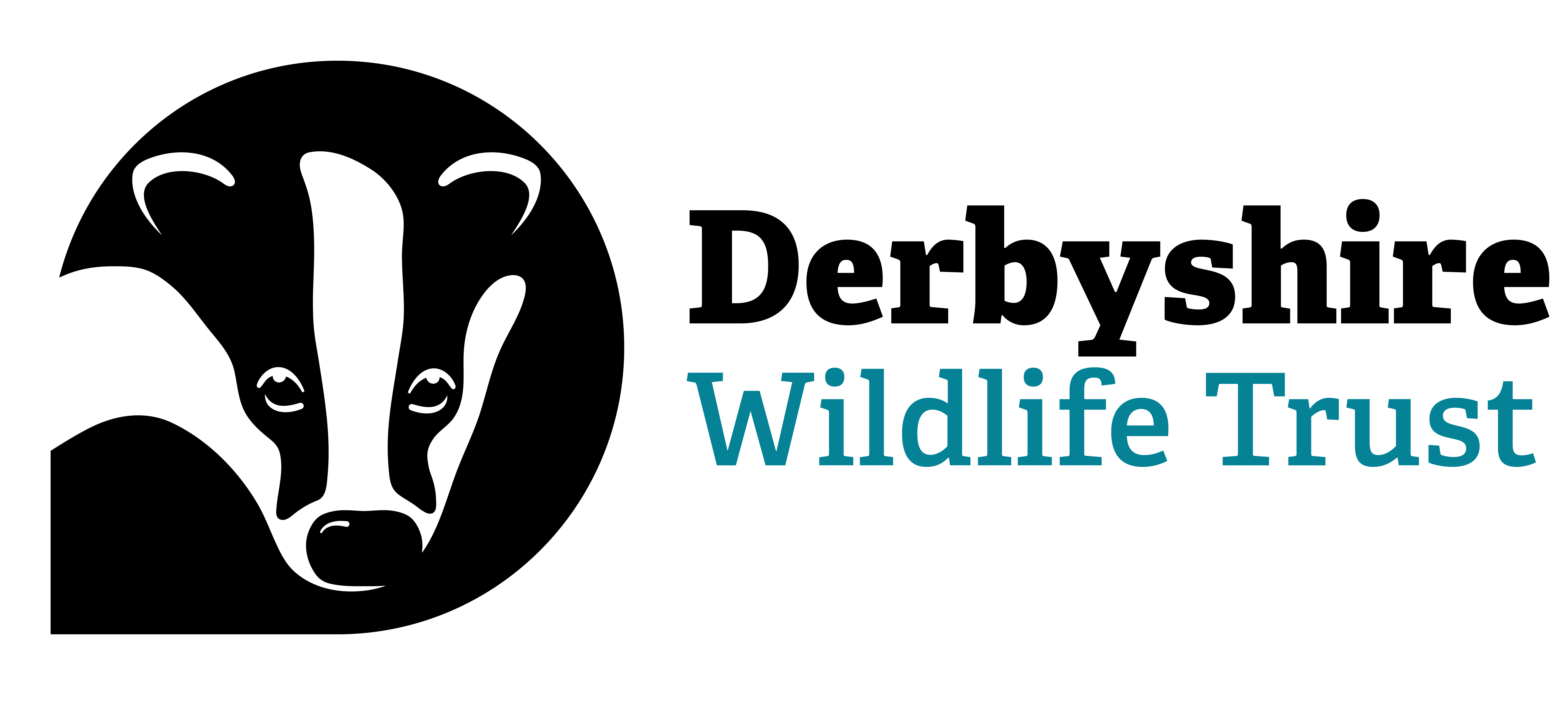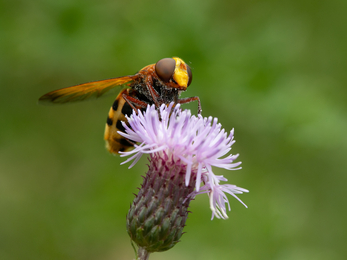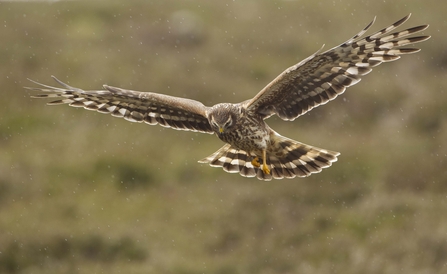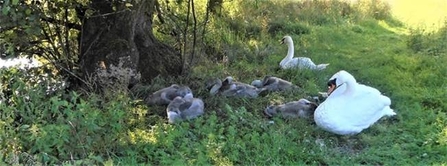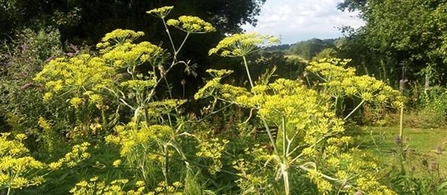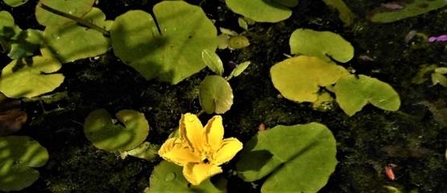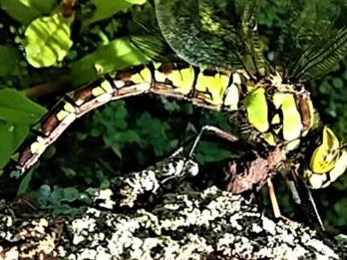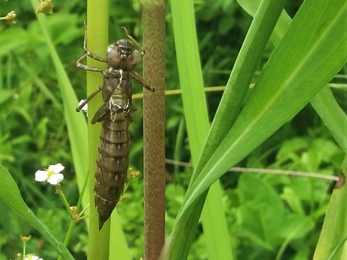It seems a touch inappropriate to think about autumn but already the signs are there.
Berries are ripening, resident birds are hiding away moulting their feathers and some summer migrants are on the move south. And July is now known to be the hottest month ever recorded globally. Within a matter of years, last year’s 40 degree heatwave in the UK will seem like a cool summer according to the met office.
We are yet to see what effect will this have on our wildlife.
The butterfly bush
Buddleia davidii hails from China where Père David, a travelling French missionary, discovered it in the mid-19th century. Now it is widespread especially on brownfield sites and in many gardens. Renowned for attracting butterflies, its flowers are also a magnet for bees, some moths and hoverflies. Yesterday, in a neighbour’s garden, I noticed a very large hoverfly with a bright yellow ‘nose’ and yellow banded abdomen.
Volucella zonaria, the hornet hoverfly, is one of the largest of its tribe and, unlike many others, thankfully very easy to identify. This hoverfly, like many insects that mimic bees and wasps, must gain a degree of protection by doing so. I see now that the hornet hoverfly’s larvae live inside wasp nests where they eat debris and thereby clean the wasps’ nest.
